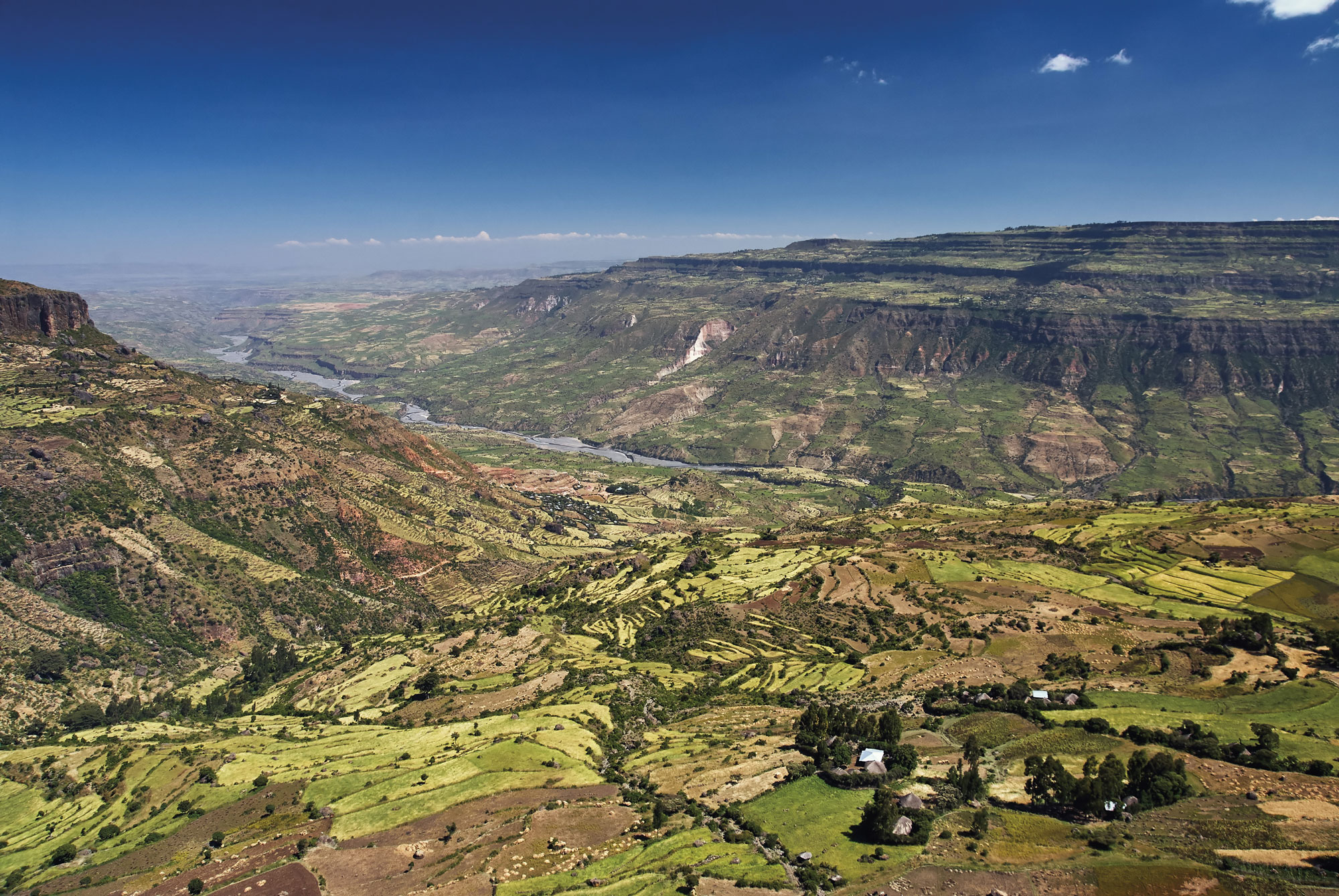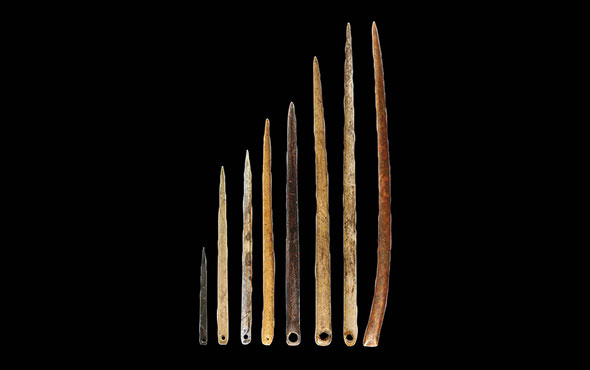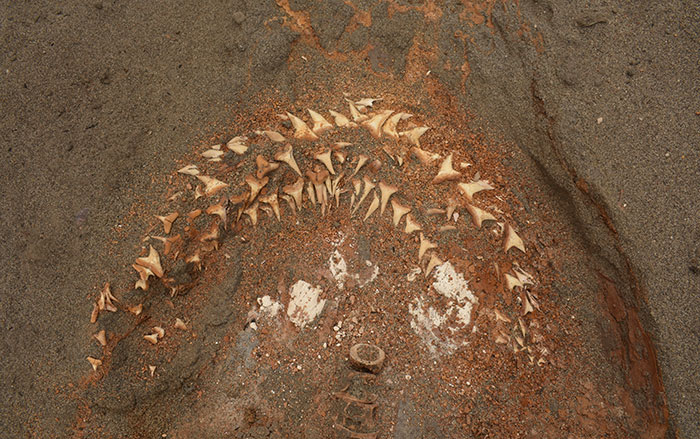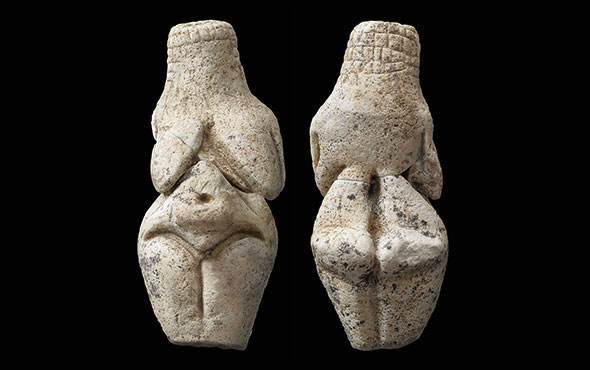NOVOSIBIRSK, RUSSIA—The Siberian Times reports that Vyacheslav Molodin, Dmitry Cheremisin, and Lidia Zotkina of the Russian Academy of Sciences; Jean-Michel Geneste of the University of Bordeaux; and Catherine Cretin of France’s National Museum of Prehistory discovered additional images while examining weathered rock art in Russia’s Altai Republic, and some 12 miles away in northwestern Mongolia. When the engravings were discovered in the 1990s and early 2000s, the images were thought to be between 8,000 and 10,000 years old, and researchers were not sure if they depicted extinct or imagined creatures. The new study identified an additional image of a woolly rhinoceros and a baby woolly mammoth, which went extinct some 15,000 years ago. The images were also shown to have been made with stone implements. In addition, the patina on the stones indicates the images are older than previously thought. The international team of researchers concluded the images in the two locations had been drawn in the so-called Kalgutinsky style, which dates to the Upper Paleolithic period. To read about another discovery in Siberia's Altai region, go to "Siberian William Tell."
New Dates for Rock Art in Siberia and Mongolia
News April 27, 2020
SHARE:
Recommended Articles
Off the Grid March/April 2016
Côa Valley, Portugal

(CNART (Centro Nacional de Arte Rupestre))
Digs & Discoveries May/June 2025
Lay of the Land

Courtesy Médard Thiry

AdobeStock/lucaar
Artifacts September/October 2024
Paleolithic Eyed Needles

Gilligan et al., Sci. Adv. 10, eadp2887 (2024)
-
Features March/April 2020
Remembering the Shark Hunters
Unique burials show how ancient Peruvians celebrated dangerous deep-sea expeditions
 (Courtesy Gabriel Prieto)
(Courtesy Gabriel Prieto) -
Letter from the Four Corners March/April 2020
In Search of Prehistoric Potatoes
Native peoples of the American Southwest dined on a little-known spud at least 10,000 years ago
 (©2020/Jerry Redfern)
(©2020/Jerry Redfern) -
Artifacts March/April 2020
Gravettian "Venus" Figure
 (Courtesy INRAP)
(Courtesy INRAP) -
Digs & Discoveries March/April 2020
Ancient Academia
 (© The Trustees of the British Museum)
(© The Trustees of the British Museum)



